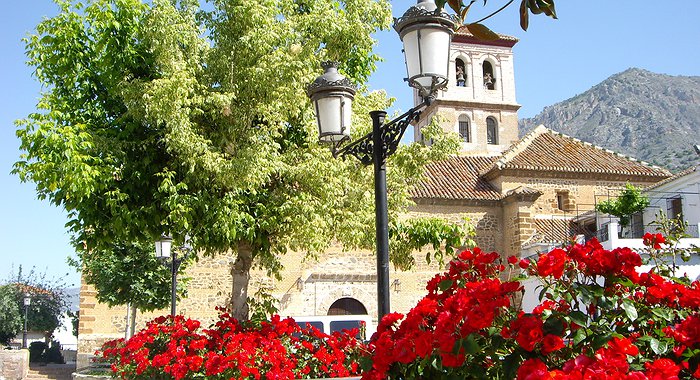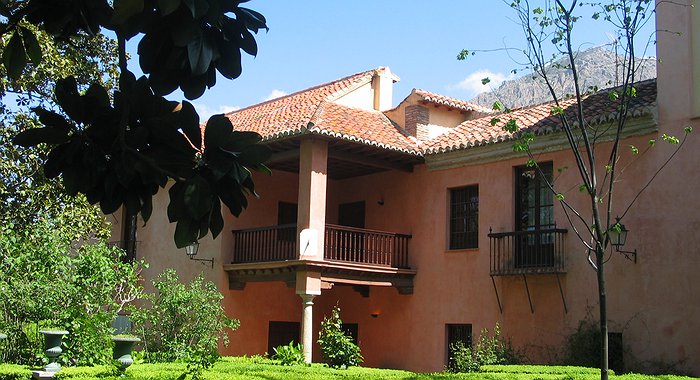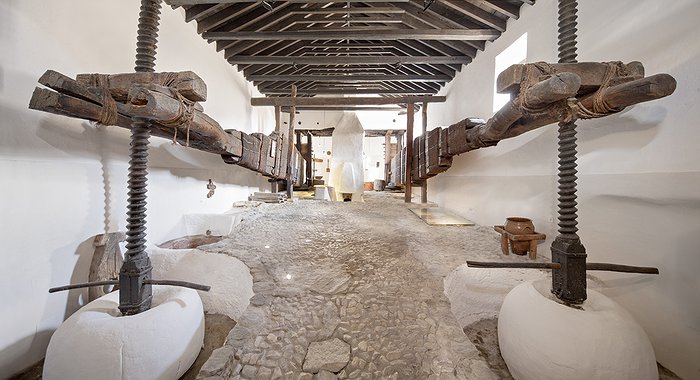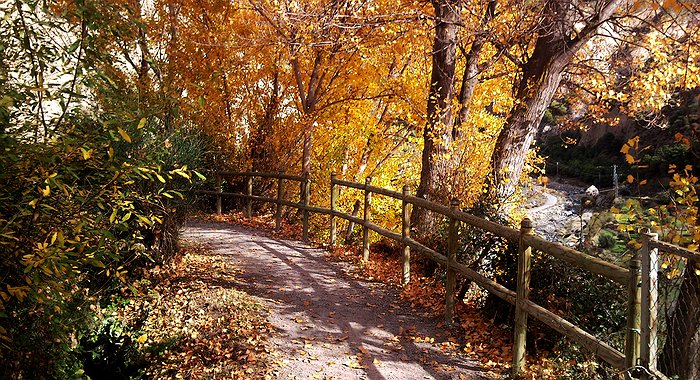I agree Our site saves small pieces of text information (cookies) on your device in order to deliver better content and for statistical purposes. You can disable the usage of cookies by changing the settings of your browser. By browsing our website without changing the browser settings you grant us permission to store that information on your device.
Granada municipality, belonging to the Valle de Lecrín region; called "the balcony of the Valley". It is located on the right bank of the Torrente river and at the foot of the El Zahor mountain, 931 m. altitude. It is 3 km from Dúrcal, 28 km from Granada and 15 min. of the Alpujarra. Located halfway between the capital and the Granada coast.
From this town -and its municipal term- you can see a wide variety of beautiful landscapes such as the view of the town and Sierra Nevada in the background from the old national road. La Razuela, a small esplanade at the foot of El Zahor, above the town, which constitutes a splendid viewpoint of the entire region. Los Cahorros, on the Torrente river, 1 km from the town center. The streets and patios that recall its Muslim origin. The Sierra, which is accessed by lanes that start from the town.
This area has a lot to offer travelers and visitors; excellent walking trails, local craft shops, tapas bars. Locals are friendly and open. There are many places of interest such as Arab baths, ruined castles, old oil mills and interesting churches.
The resources of its 1,200 inhabitants are mainly agricultural: olive, almond, citrus, cereal, legumes, vineyards and potatoes. It also has a great theatrical and musical tradition.
The typical dishes are those of the Mediterranean cuisine, in which oil, flour (wheat, rye or corn), legumes, fruits, vegetables and nuts abound as components in their recipes.
During the winter:
→ Pucheros de hinojos, de col o de cardos.
→ Crumbs: from wheat flour, bread and corn.
→ Remojones: of potatoes, onions, preserved tomatoes, hard-boiled eggs, black olives and oil; of oranges from the Valley, with oil, roasted cod, dried tomatoes and olives.
→ Rice with rabbit or chicken, normally prepared every Sunday.
And light dishes for the summer:
→ Gazpacho
→ Ajoblanco, prepared with almond or bean flour - Escabeche de pescado frito
→ Pipirrana, salad with cucumber, spring onion, pepper, tomato, oil, vinegar and salt
→ Fried with rabbit or chicken.
→ Pisto, fried with all the products of the vegetable.
The stews and casseroles are consumed throughout the year as well as pestiños, oil cakes, fried milk, fried doughnuts.
As a complement to all these dishes there are always the products of the slaughter, as well as the Serrano ham of a special sweetness as it is cured by the dry and cold winds of the mountains.
→ On St. Mark's Day (25 April). It is celebrated with a pilgrimage and a picnic in La Razuela and El Romeral.
→ The Patron Saint's Day (third Sunday in September). On the occasion of the celebration of the Virgen de las Angustias, patron saint of Nigüelas. It is celebrated with processions, verbena, music band, sport competitions, cucañas and fireworks.
→ The Cavalcade of the Three Kings (January 5th and 6th), with the traditional parade and children's theatre.
Hiking routes, bike routes, Charpas at parties. Dominoes and tute in bars. Rabbit, partridge, wild boar and mountain goat hunting. Football, basketball, tennis, soccer, swimming and mountaineering.
Solo tienen parada en Nigüelas aquellos en que se menciona Nigüelas en la tabla, para fines de semana y festivos Hay variaciones





El sendero de la Pavilla es un popular camino, bien señalizado, que recorriendo la acequia de herencia andalusí, permite al excursionista estar en contacto con el paisaje rural del Valle de Lecrín.